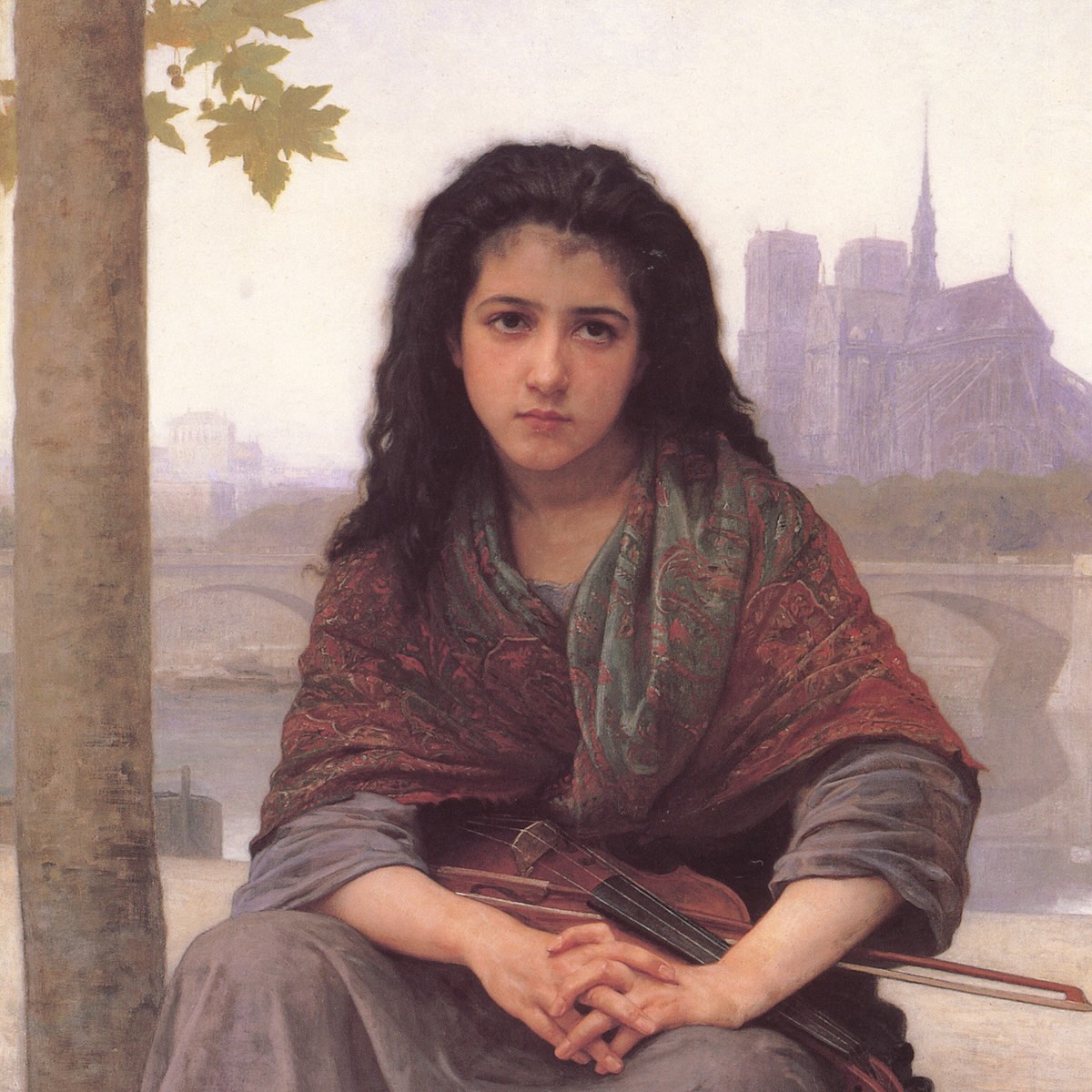
The Hunchback of Notre-Dame
Victor Hugo
Year
1831
2349
1399
1046
1362
1036
318
405
360
1555
657
322
2871
1403
1352
3974
536
790
1223
189
1056
130
1624
2481
1727
643
3238
1451
109
2208
1364
363
2156
903
636
1222
1271
1446
767
507
2342
794
2617
1743
597
447
1694
313
452
1530
311
1202
2915
3140
1533
130
297
2134
3097
1396
127
323
Duration:
21h 33m
Description
"The Hunchback of Notre-Dame" by Victor Hugo is a profound and gripping narrative that delves deep into the heart of Paris in the late Middle Ages. Published in 1831, this masterpiece is set against the majestic backdrop of Notre-Dame Cathedral and weaves together themes of love, fate, and isolation through its iconic characters: Quasimodo, the deformed bell-ringer; Esmeralda, the compassionate and beautiful Gypsy; and Claude Frollo, the archdeacon torn between his duties and his darker desires. Victor Hugo masterfully portrays the societal and architectural landscape of 15th-century Paris, bringing to life the rich history and the complex interplay of its inhabitants. The novel explores the nature of beauty and brutality, showing how they coexist and influence the lives of its characters. Quasimodo’s tragic love for Esmeralda serves as a powerful narrative of unrequited love and loyalty, while Frollo’s obsession introduces themes of corruption and redemption. "The Hunchback of Notre-Dame" is not only a dramatic story of personal struggles but also a critique of society’s treatment of the marginalized. Hugo uses the novel to criticize the social injustice and decay of his time, making it a timeless reflection on the universal human condition. Embark on a journey with "The Hunchback of Notre-Dame" and witness a heartrending story that challenges the boundaries of love and morality. Victor Hugo's richly detailed setting and multi-dimensional characters offer a profound exploration of the complexities of human nature and the societal structures that shape our lives.

 Preview
Preview